Thanks to the conservation efforts of a small town on South Africa’s western cape, the local flora and fauna are flourishing.
On South Africa’s Western Cape, the coastal town of Gansbaai brings this quote to life. For it’s here, in the shark cage diving capital of the world, that this 20,000-strong community works collectively towards conservation and sustainability.
“Community is where humility and glory touch.”
Henri Nouwen
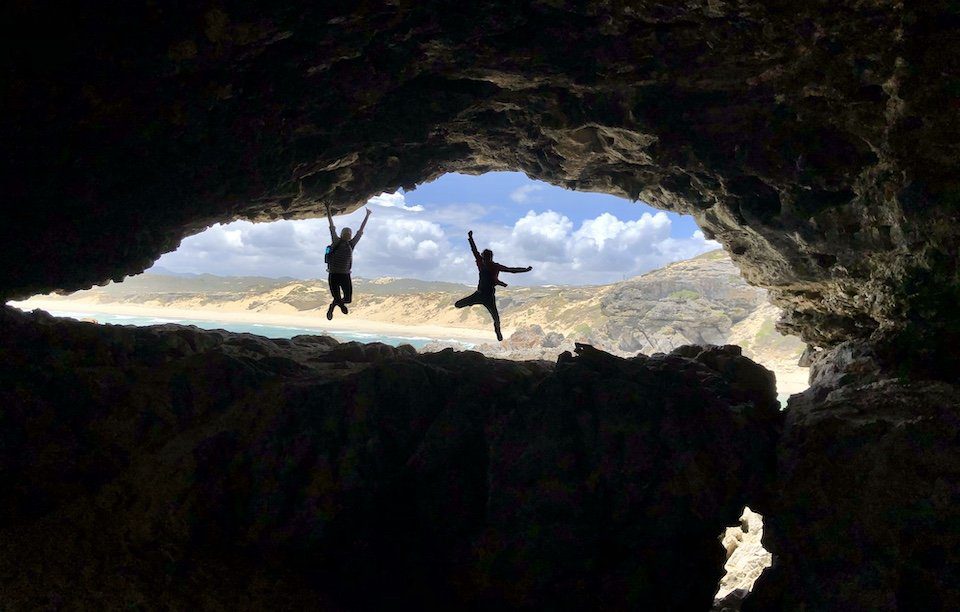
What’s the challenge?
Around the world, our environment is under constant pressure. From the impact of global warming, localised threats to indigenous species, and unethical wildlife tourism practices, protection is needed.
In South Africa, there’s little government regulation to adhere to, but the lack of standardisation hasn’t stopped the Gansbaai community from collaborating to protect the local flora and fauna. The challenge has been how to do this while running a profitable tourism business. Gansbaai has proven that one does not need to be at the expense of the other.
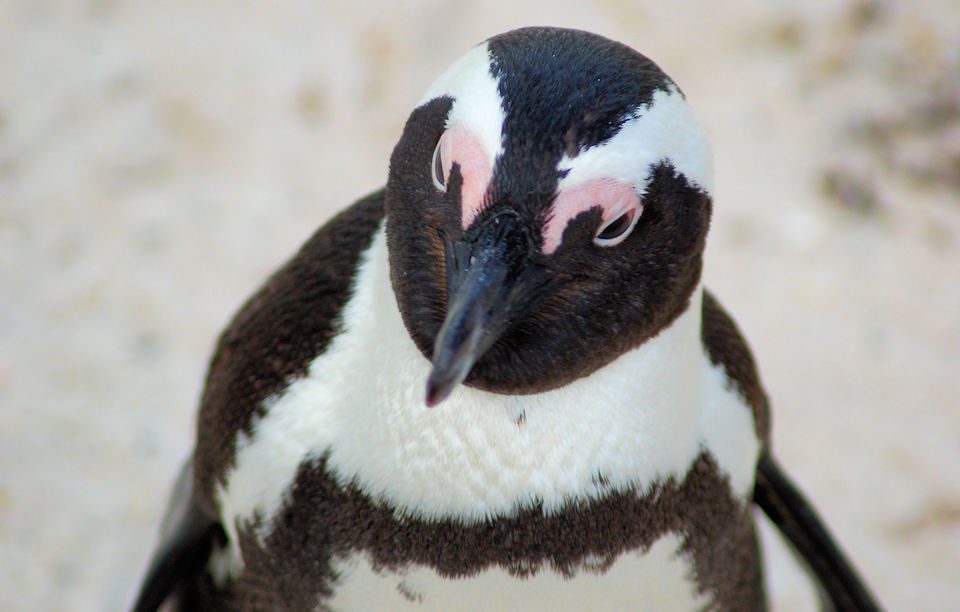
The Gansbaai Guardians
In coastal Gansbaai, guardians have risen for the environment, both on land and at sea. Driving change through action, these advocates have led with a conservation-first approach that is above and beyond South Africa’s standards.
Wilfred Chivell has spearheaded protection for the endangered African penguin, 60,000 Cape fur seals, and the other marine mammals that need a champion, too. Chivell founded the Dyer Island Conservation Trust, as well as pioneering much-needed research for the great whites that put Gansbaai on the map.
Michael and Tertius Lutzeyer and Sean Privett are Gansbaai’s on-land advocates, fiercely protecting the native fynbos, the Cape region’s lowland vegetation belt. Of the plants found here, 70% cannot be found elsewhere on the planet.
Led by the Lutzeyer’s, the landowners of the Grootbos Private Nature Reserve act as custodians across their combined 20,000 hectares of land. Privett, director of the Fynbos Conservation Trust, has also been instrumental in saving the fynbos by clearing disruptive alien flora and replanting native vegetation.
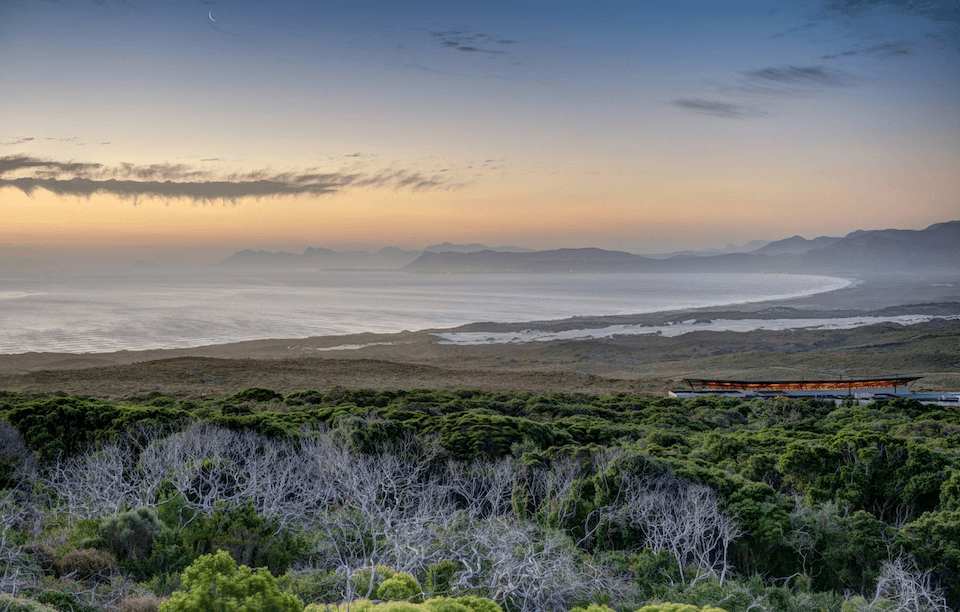
How can you make a difference?
Supporting conservation-first businesses in Gansbaai is the feel-good way to enjoy the region while paying respect to the community’s self-enforced standards.
African Penguin & Seabird Sanctuary
After success in provided 2,000 artificial nests to the endangered native penguins, the Dyer Island Conservation Trust opened its African Penguin and Seabird Sanctuary in 2015. Entry to the sanctuary is free to allow for education for all.
Around 22,000 visitors annually learn about the plight of the African penguin – estimated to be extinct by 2026 – with an opportunity to spy the 100-or-so penguins in ‘rehab’ for illness, injury, or distress. A 3pm visit allows sampling of café treats while feeding time is live-streamed.
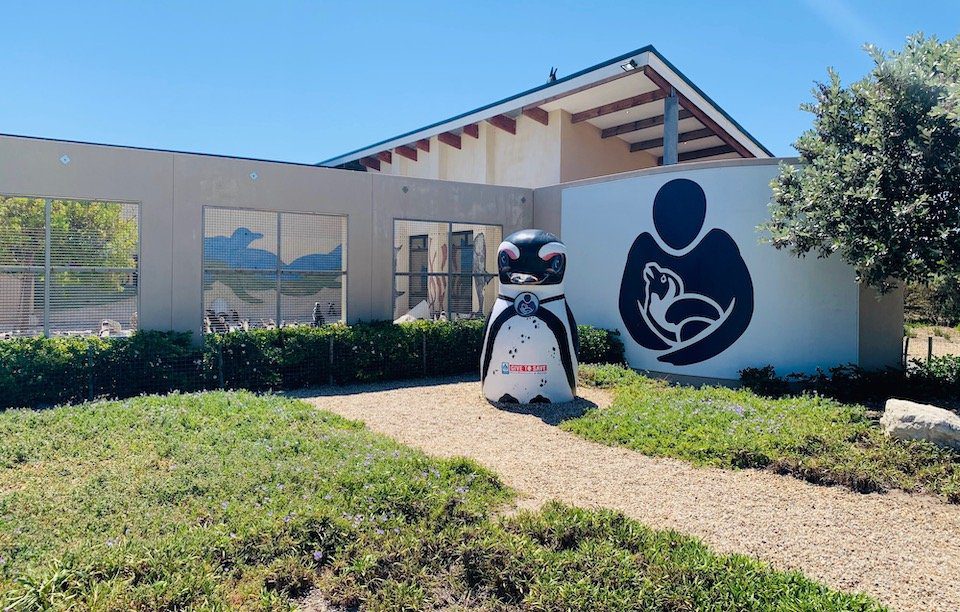
Marine Dynamics Shark Diving
If there is one activity that puts Gansbaai on the international travel map, it’s great white shark cage diving. The pinnacle of nautical thrills, Marine Dynamics leads the industry with its conservation-driven approach. A marine biologist accompanies every cage diving trip to educate, observe, and conduct shark-focused scientific research. Marine Dynamics also handle all regional marine rescue and ocean pollution clean-ups.
As with any wildlife activity, the results are dependent on the anticipated creature showing up. In December there had been one great white sighting in 10 days, but despite the pressure from tourists, Marine Dynamics didn’t alter their standards by baiting (bronze sharks provided substitute thrills).
To make marine mammals curious without disrupting the food chain, chumming is used, an overly-fishy liquid concoction. While there is an ethics debate about chum in the industry, researchers at Australia’s Flinders University discovered that people who dive with great white sharks become advocates for them post-trip, aiding conservation efforts.
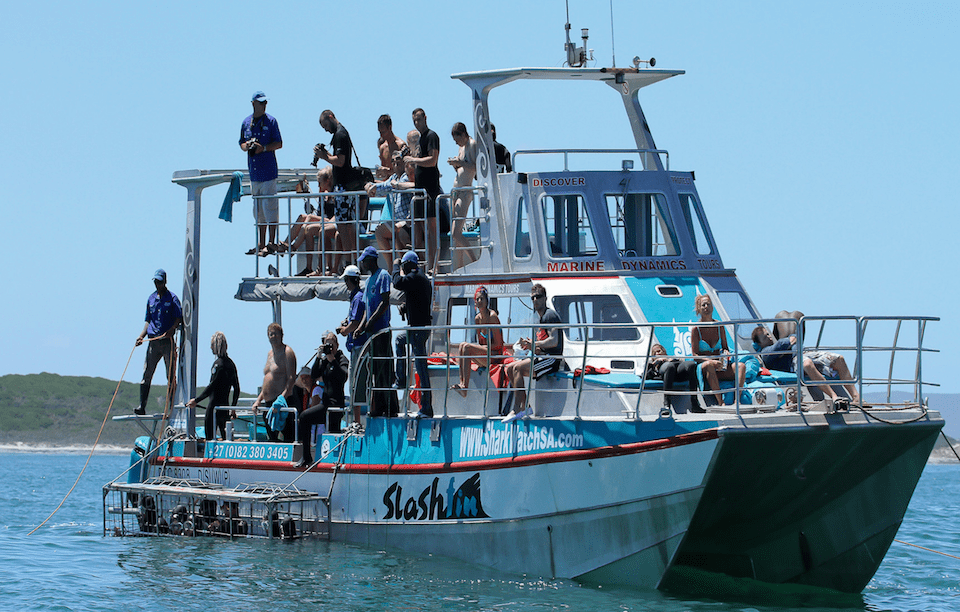
The Fynbos Trails
Regional to Gansbaai, several trails afford a glimpse of the unique flora of the fynbos. For an introduction to the coastal fynbos, the Klipgat Trail is a gentle ramble between Gansbaai and the stunning Walker Bay Reserve. Both the reserve and Klipgat Cave are historically significant with evidence Middle Stone Age residents here (65,000-85,000 years ago).
For a longer exploration, the 3-day 26km Fynbos Trail passes through the Grootbos Nature Reserve.
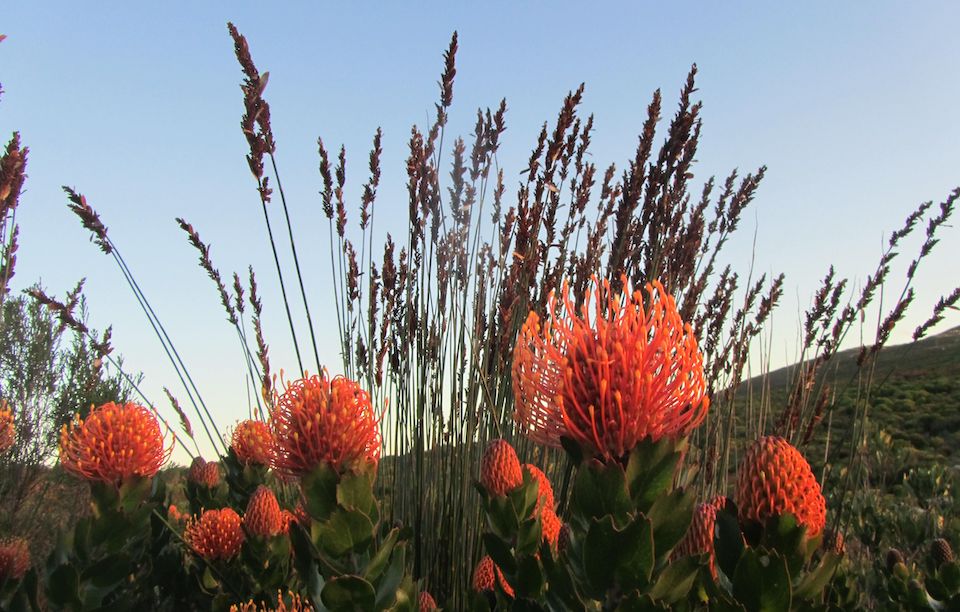
Panthera Africa
While not in Gansbaai, Panthera Africa is one of the few ethical big cat sanctuaries in South Africa. It’s a regional must-do.
Panthera not only provides a home to rescued lions, leopards, cheetahs, and caracals, it also sets the standards of an ethical sanctuary and educates accordingly.
Tours are twice a day, and you’ll witness no human interaction (not even from the keepers). It was a challenge to reconcile the healthy felines we saw on tour with the stories of neglect and abuse that the guide shared for each rescued big cat. It’s a lesson every visitor to South Africa needs to hear.
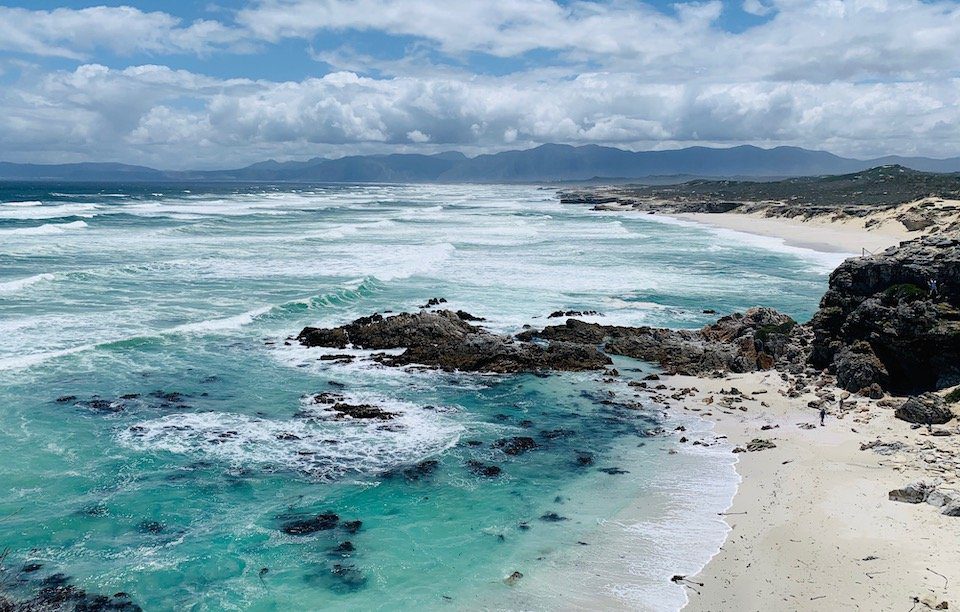
Sustainable Snoozing
A stay at the sustainable-focused luxury Crayfish Lodge is the perfect accompaniment to your Gansbaai conservation-focused experiences. Crayfish Lodge runs 75% on solar, has a beehive and worm farm, and cooks their smashing homemade breakfast with a local-first approach to the produce they buy. Owners Sandra and Reinhard Kern have a passion for encouraging guests to visit the wildlife initiatives in the area, too.
Want to know how to identify an ethical wildlife sanctuary when planning your South African adventures? Read this guide.
How can you travel to change the world?
Congratulations! By reading this post and taking some of these insights on board, you’ve already made a difference.
Now you can easily create your impact by sharing your new-found knowledge with other friends who you think would also be interested.
Ultimately, responsible travel comes down to common sense – stay curious, keep yourself up-to-date with the challenges at hand and make yourself accountable for your actions on your travels.